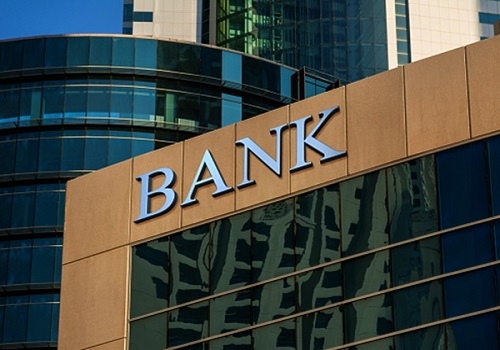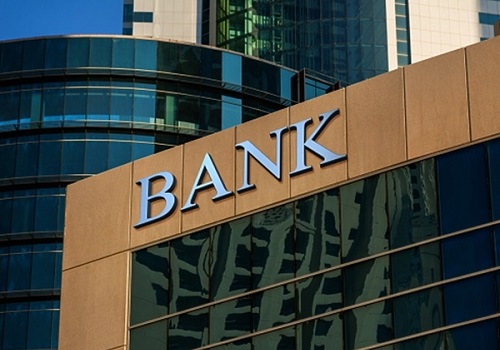Banking Sector Update : Sector correction an attractive opportunity by JM Financial Institutional Securities

Indian banks have corrected over the past month (NiftyBank down 3% CYTD, 5% from peak) and have almost wiped out majority of the CY22 outperformance vs NIFTY. The cause has been a) recent concerns on exposure to a large conglomerate; b) the theory of “best of earnings for banks is behind” and, c) banking stocks bearing the brunt of continued FPI selling (Exhibit 4). We believe concerns on exposure to the large conglomerate are overdone given relatively lower banking system exposure (0.4% of loans outstanding). Most banks under our coverage have reported exposures between 0.6-1.5% of loans (Exhibit 12) across funded, non-funded exposures. Moreover, bulk of the exposures are collateralized, either with operational assets or with projects under execution, rather than to the corporate level. As a result, we do not see any meaningful risk to earnings emanating from this issue given reasonable non-NPL provisions for most large banks (0.2-1.3% of loans, Exhibit 8). On the contrary, earnings performance is likely to remain strong in Q4FY23 and FY24 (despite some potential moderation in economic growth) given healthy, well-capitalized balance sheets. Pvt sector banks are now trading at 2.6x NTM BVPS which is near mean valuations while PSU banks valuations have corrected by c.11% from Jan’23 peak levels and are now trading at 1.1x NTM BVPS. We believe current valuations offer an attractive entry point for select stocks and we like ICICI Bank, Axis Bank and IndusInd Bank and see meaningful risk-reward in Bandhan Bank.
* NIMs to stay heady near-term; deposit traction expected to pick pace:On net interest margins, while we agree that best of NIMs trajectory will mostly be achieved in 4Q23, material declines will only be once RBI enters an easing stance which is yet to be clear. As such, downside risks to NIMs are more likely towards 2HFY24. In addition, banks have been relatively “less generous” with respect to raising deposit rates vs the lending rate benefits seen (Exhibit 1-2). We believe there is a certain degree of uncertainty w.r.t. sustenance of credit demand which saw a strong recovery in CY22 led by a) economy fully opening up, b) corporate working capital demand as commodity prices increased and c) shift of corporate demand from bond market to loan market. We expect inch up in deposit rates through CY23 as real interest rates move to more respectable range vs 2020-2022 period. A relatively muted equity market could also aid retail deposit flows, our view
* Concerns on large conglomerate overdone; though credit costs to normalise (from current suppressed levels): A quick look at past asset quality cycle reveals the corporate exposures were meaningfully larger as % of system credit (top12 NCLT accounts as per RBI list1 was 2.75-3.0% of bank credit). Thus, we believe concerns on exposure to the large conglomerate are overdone given relatively lower banking system exposure (0.4% of loans outstanding). Most banks under our coverage have reported exposures between 0.6-1.5% of loans (Exhibit 12) across funded, non-funded exposures. Moreover, bulk of the exposures are collateralized, either with operational assets or with projects under execution, rather than to the corporate level. As a result, we do not see any meaningful risk to earnings emanating from this issue given reasonable non-NPL provisions for most large banks (0.2-1.3% of loans, Exhibit 8). While credit costs for FY23E have been lower on account of higher quantum of recoveries and upgrades, we build some normalization in FY24/ FY25E (though under control) as the recoveries and upgrades taper off. However, we see a healthy return profile for our coverage universe (PSU Banks avg Roa0.9%, Pvt Banks avg RoA-1.9% over FY23-FY25).
* Valuation and view: Earnings performance is likely to remain strong in Q4FY23 and FY24 (despite some potential moderation in economic growth) given healthy, well-capitalized balance sheets. We believe the stock correction on concerns of large conglomerate exposure is overdone and Pvt sector banks are now trading at 2.6x NTM BVPS which is near mean valuations while PSU banks valuations have corrected by c.11% from Jan’23 peak levels and are now trading at 1.1x NTM BVPS. We believe current valuations offer an attractive entry point for select stocks and we like ICICI Bank, Axis Bank and IndusInd Bank and see meaningful risk-reward in Bandhan Bank.
To Read Complete Report & Disclaimer Click Here
Please refer disclaimer at https://www.jmfl.com/disclaimer
SEBI Registration Number is INM000010361
Above views are of the author and not of the website kindly read disclaimer




















